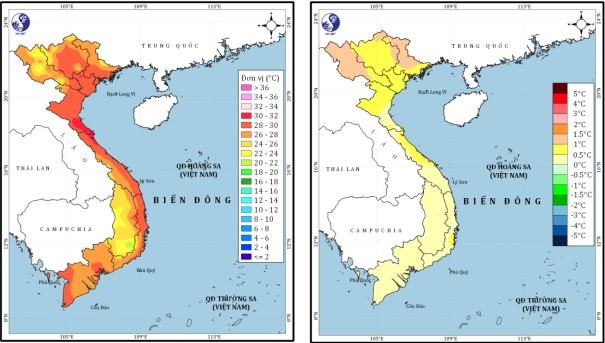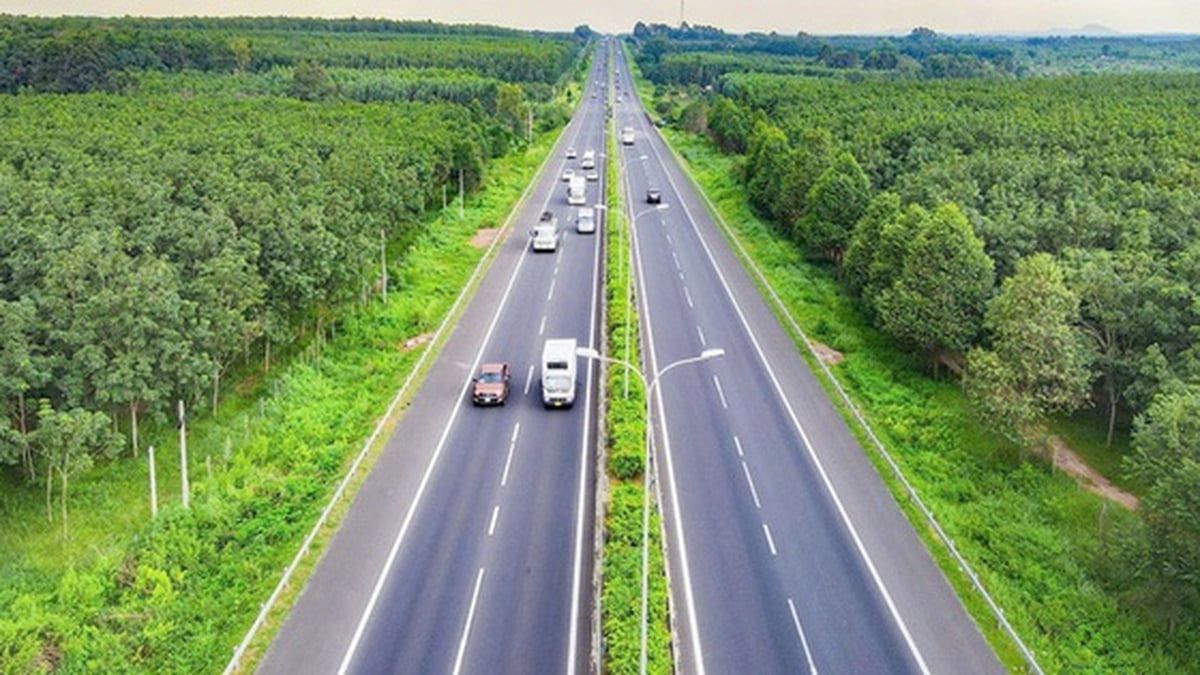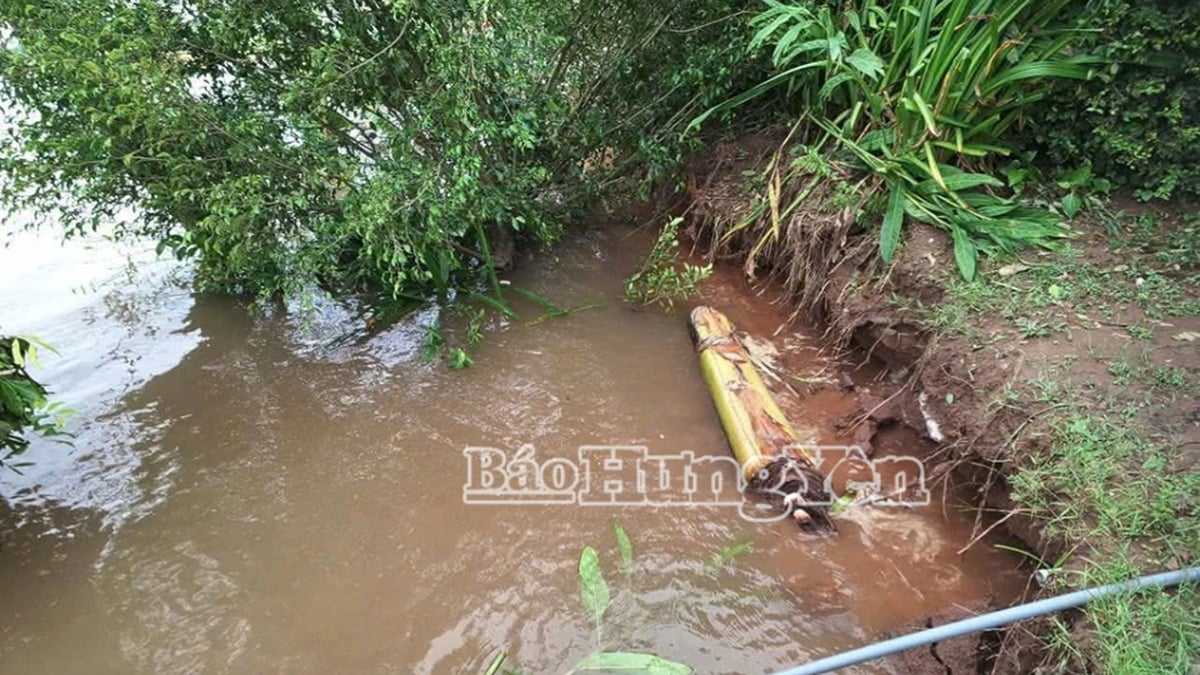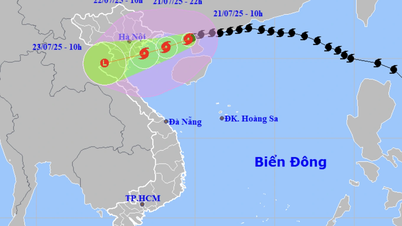According to the June climate forecast bulletin of the National Center for Hydro-Meteorological Forecasting, in June, storms and tropical depressions are likely to be active in the East Sea and affect the Northern and North Central regions.
Average temperature map (left) and forecast of average temperature error in June 2023 (right). (Source: National Center for Hydro-Meteorological Forecasting).
The average temperature in June 2023 in regions nationwide is generally 0.5-1 degrees Celsius higher, in some places higher than the average for the same period in many years.
Rainfall in the Northern, North and North Central regions is generally 10-20% lower than the average of many years; in the South Central region it is approximately the same; in the Central Highlands and South regions it is generally 5-20% higher than the average of many years in the same period.
Warning of dangerous weather, the National Center for Hydro-Meteorological Forecasting said that in June, storms and tropical depressions are likely to be active in the East Sea and affect the Northern and North Central regions.
The Northern region experienced heat waves in the first days of the month, after which the heat wave intensity temporarily decreased. From mid-June, the average temperature tended to be about 0.5-1 degrees Celsius higher than the average of many years, and the heat wave increased again.
The Northern and Central regions are likely to experience many hot days, with the number of hot days being higher than the average of many years.
In the Central Highlands and the South, there were many days of showers and thunderstorms during the month. In the North and North Central regions, rain tended to concentrate in the middle and end of the month, however, the total monthly rainfall still tended to be lower than the average of many years.
Nationwide, continue to be on guard against thunderstorms, tornadoes, lightning, and hail (more concentrated in the North, North Central, Central Highlands, and South).
Due to the impact of the heat, people need to be on guard against the risk of fire and explosion in residential and production areas due to the increased demand for electricity and the high risk of forest fires. In addition, dangerous weather phenomena such as thunderstorms, tornadoes, lightning, and hail can greatly affect production and people's activities.
TS
Source























![[Photo] National Assembly Chairman Tran Thanh Man visits Vietnamese Heroic Mother Ta Thi Tran](https://vphoto.vietnam.vn/thumb/1200x675/vietnam/resource/IMAGE/2025/7/20/765c0bd057dd44ad83ab89fe0255b783)












































































Comment (0)